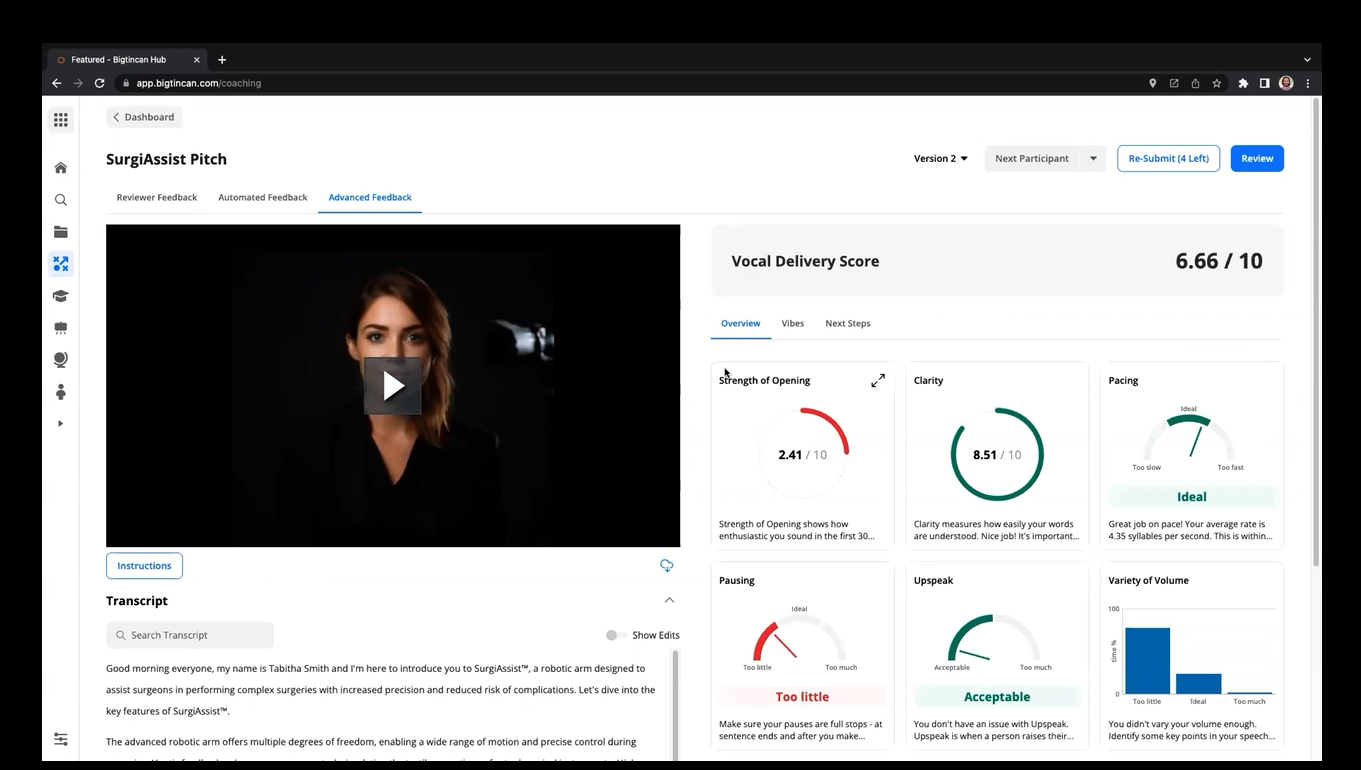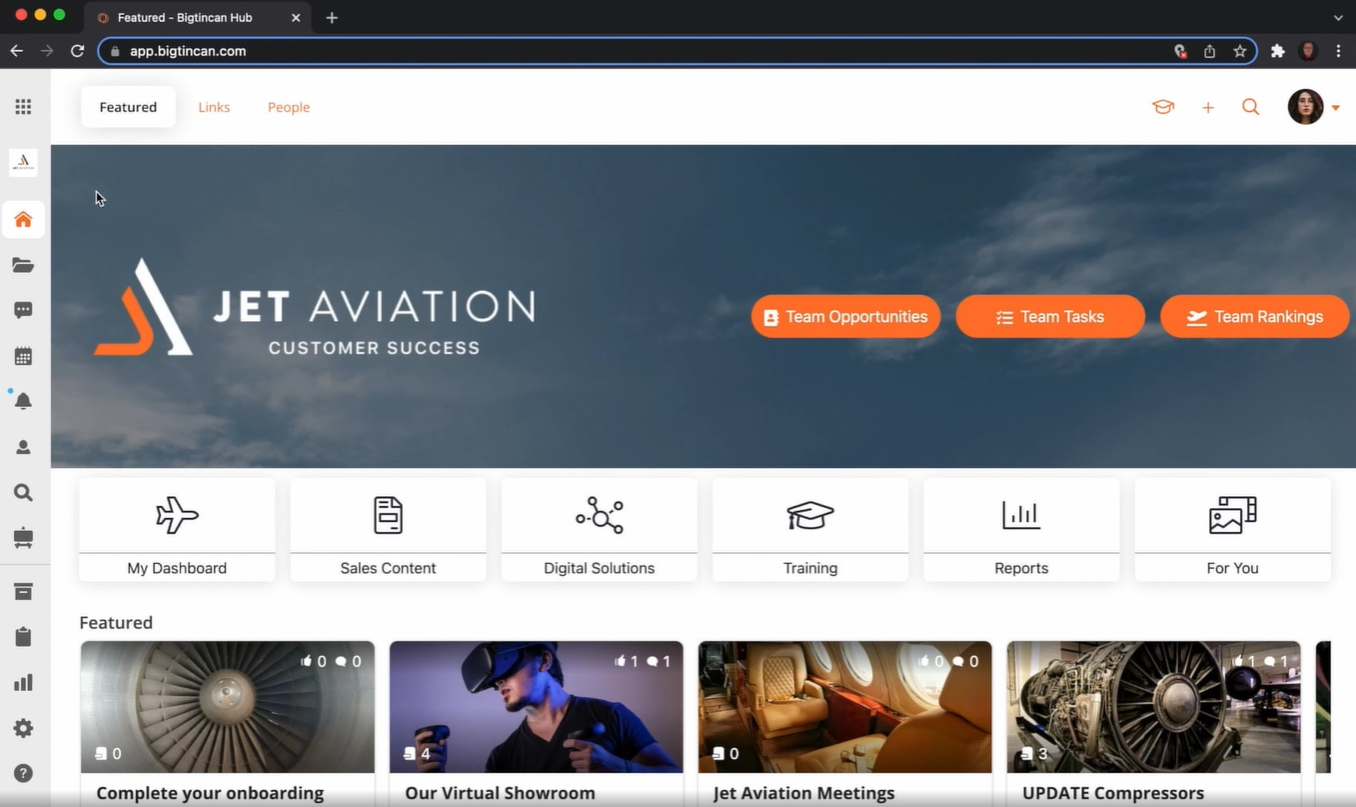Why is sales enablement important? 5 reasons and examples

Why is sales enablement important?
Most people have a basic idea of what the term “sales enablement” means. But you may still wonder why sales enablement is a priority for almost 2/3 of sales organizations out there.
Sales enablement (also called revenue or business enablement) is important because it prepares your entire go-to-market organization to aid and conduct a more effective sales process and achieve better results.
Enablement tools and strategies equip teams with the training, coaching and content they need to be successful.
That’s one (very simple) explanation. In reality, the answer to this question is a little more nuanced, because B2B selling has become so complex. So with that in mind, here are 5 reasons why sales enablement is important for your organization’s long-term success, along with examples of good sales enablement in action.
1. Sales enablement helps sales reps get “back to basics”
Many sales teams have gotten away from emphasizing the basics of good selling – like thorough pre-call planning, agenda-setting, call execution, consultative skills and improvisation.
By placing an increased focus on effective sales onboarding, coaching, and continuous learning, sales enablement functions are helping their sales reps hone these basic skills in order to have more valuable conversations in each stage of the sales process.
Sales enablement departments are recognizing that even though buying behaviors have changed over the last 15 years, the fundamentals that make or break a sales call are still the same.
-Jim Ninivaggi, former Chief Readiness Officer at Brainshark.
Example: Assessing sales readiness.
The sales enablement team here at Brainshark/Bigtincan works to ensure each rep is certified as being competent in fundamental selling activities, such as prospecting and leading discovery, before they call on buyers.
They do this by creating video coaching assessments that determine whether sellers have retained what they learned during training and can apply their knowledge in a simulated environment aided by objective AI feedback (pictured below).

2. Enablement creates training and content clarity
One of the main reasons sales enablement exists at all, according to enablement leader and former research director at CSO Insights Tamara Schenk, is its role as chief orchestrator of sales support.
After all, different teams are responsible for “enabling” salespeople in some way, including marketing, product management, sales ops and legal. The problem is that their support is often inconsistent and, as a result, confusing to the sales reps.
“Everyone wants to help sales and pushes something they created —from their perspective— to the sales force,” Schenk writes. “This includes content from marketing, content from product management, templates from legal, checklists and proposal templates from sales operations, and training services from sales training, L&D or the corporate academy. Imagine what that means for sellers. Would you like to be in their role? Probably not.”
Sales enablement (when done effectively) gathers all of the various sales enablement resources – such as internal and external content, sales tools, value messaging, market intelligence, etc. – and delivers them to the sales force in a way that makes sense to the reps and keeps them engaged.
Example: Consistent messaging.
Analyst and expert research — whether done 5+ years or 2 months ago — repeatedly confirms that an effective sales enablement content strategy leads to higher win rates and better customer relationships thanks to its ability to reinforce messaging throughout the buying journey.
Sales enablement is in a unique position to help organizations see those benefits by collaborating across multiple departments to ensure that enablement content is consistent and valuable to buyers across the board.
3. Sales enablement helps reps over the long haul
Peter Ostrow, an analyst at Forrester, points out that sales reps often aren’t equipped with enough knowledge to succeed long-term (which is part of the reason why so many organizations struggle to retain second- and third-year sellers).
Forrester research also shows that high-performing organizations provide more continuous learning, peer learning, and advanced skills training than low-performing sales teams.
“The lesson: If you want to enable long-term success among loyal, engaged sellers, you’ve got to create a culture of continuous learning,” Ostrow writes.
A dedicated sales enablement department will make it easier to implement an effective continuous education strategy for your salespeople.
Example: peer learning.
There’s a reason 91% of sales reps believe peer learning helps them succeed: who better to learn from than your organization’s star salespeople?
But without a sales enablement leader to oversee the creation and sharing of rep-created learning content, your peer learning strategy can result in some chaotic training practices. The right sales enablement strategy, coupled with the right technology, will keep your peer learning on the right track.

4. Enablement equips managers to support their reps
As Wilson Learning Corporation’s Ed Emde and Ken Valla write in Training Industry, the daily practices of sales leadership have the greatest impact on sales effectiveness. Yet almost 1/5 of companies are not making any investments in sales manager training.
A sound sales enablement strategy will pay keen attention to sales manager skills development and ensure that they are supporting the organization’s strategy on a daily basis, especially through an ability (and willingness) to effectively coach sales reps.
Example: Coaching the coaches.
Sales enablement can improve the performance of new sales managers (and their respective teams) in a few ways.
One is by establishing a formal training program that helps new or first-time sales managers learn how to coach reps.
In this case, an effective enablement leader would be able to implement a learning curriculum that equips managers with the skills needed to become competent coaches, and then certify that each new manager has mastered the ability to provide consistent, thoughtful feedback.
Get started or improve your existing coaching program now with the complete sales coaching toolkit.
5. Enablement goes beyond your salespeople
Obviously, the primary focus of sales enablement is going to be the sales force. But your in-house reps aren’t the only ones who need support. Everyone who deals with your buyers requires content and training that align with your overarching sales strategy.

Pictured: Example of Bigtincan customer success enablement portal for faux company Jet Aviation.
The wider umbrella of people who need “front-line enablement” includes the sales engineering organization, customer success, and support teams. And for companies that rely on channel partners to bring their solutions to market, your indirect sellers most certainly fall into that category.
Example: Channel sales enablement.
Today, channel partners expect vendors to share learning resources, like sales and training content, that help their salespeople more easily become “experts” on the vendor’s solutions.
They require a reliable flow of information when it comes to product and messaging updates, so that they can accurately position and differentiate your products as they change.
“It’s all about certification, making sure everyone is on target and on message, and [ensuring] that everything is being positioned consistently,” says Roderick Jefferson, CEO of sales enablement consulting firm Roderick Jefferson and Associates. “It’s incumbent upon the enablement team to ensure that as information changes internally, that it’s flowing through the partner organization and getting out to the partners.”
The most critical component of good sales enablement? It’s sales readiness. Download our e-book “Helping Sellers Become Buyer Ready” to learn more.

